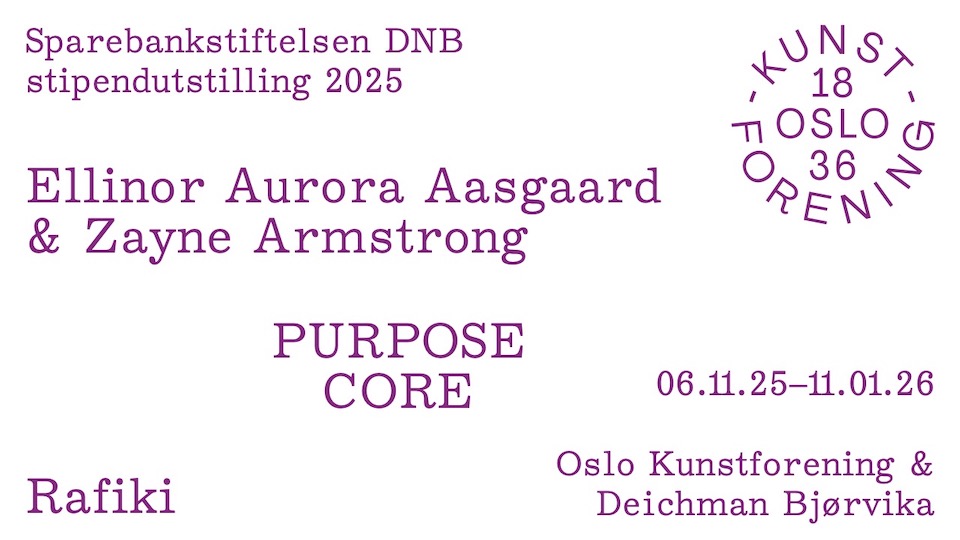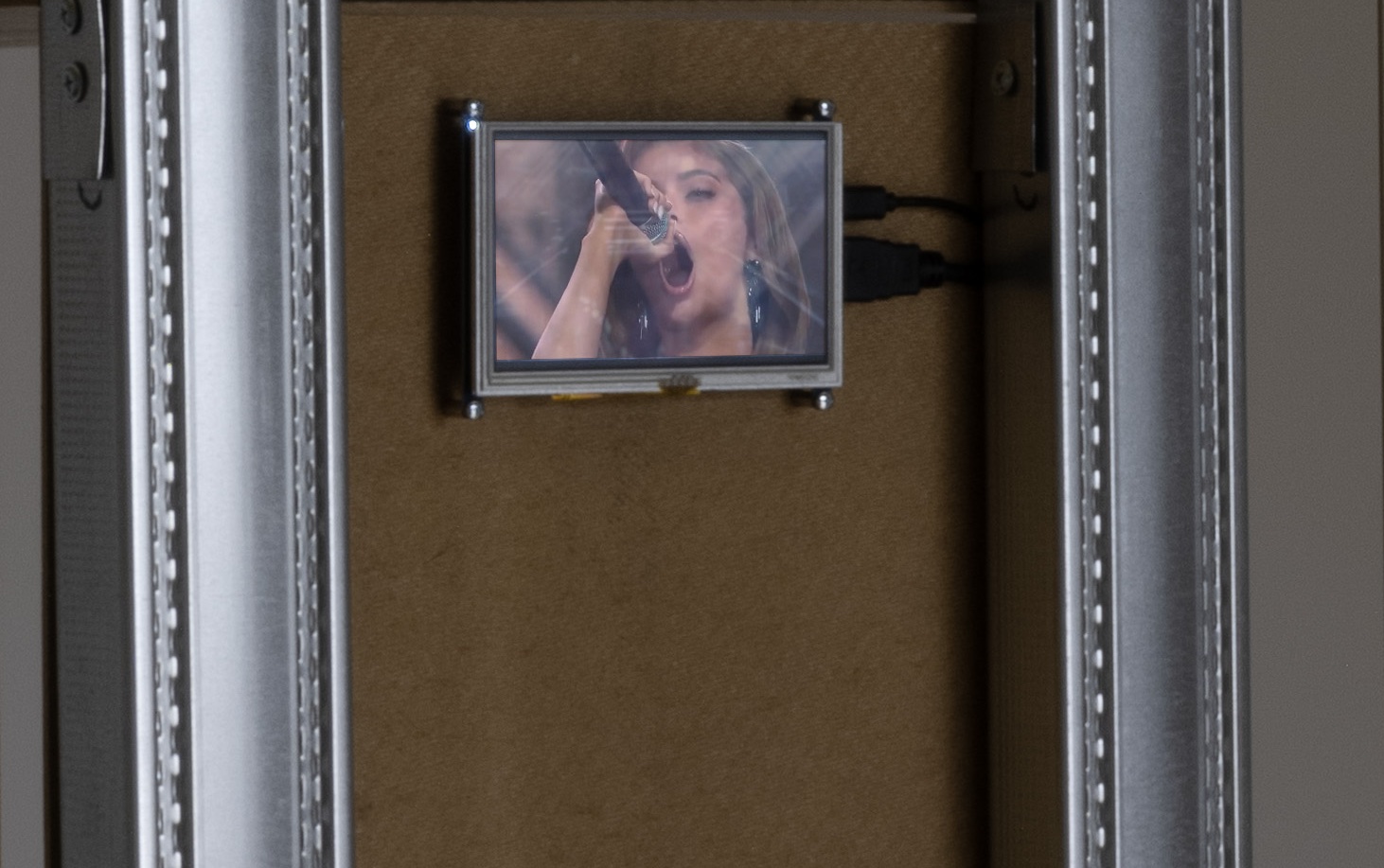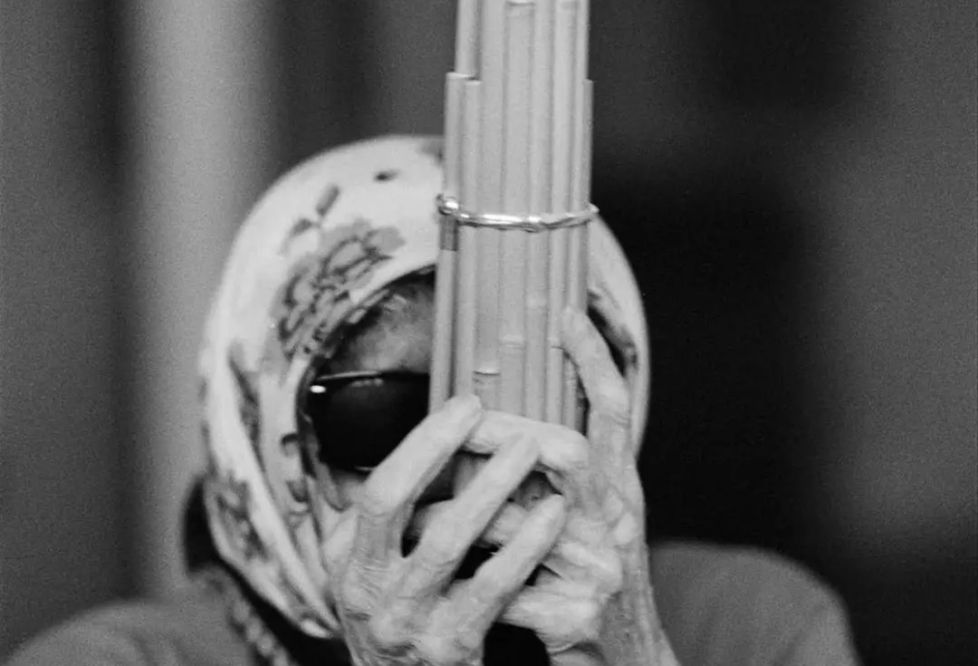
This summer Malmö Nordic is on in the southern Swedish town, with the main emphasis on the three institutional exhibitions The Nordic model – an exhibition about collecting, purchasing and donations at Malmö Konstmuseum; Scandinavian Pain: Ragnar Kjartansson, Edvard Munch at Moderna Museet Malmö; and 24 Spaces – a cacophony at Malmö Konsthall. In addition more than twenty galleries and other players are involved in the event, which also includes the seminar The Nordic – phantasm and reality, organized by Konsthögskolan in Malmö in collaboration with Kunstkritikk.
Like the Copenhagen Quadrennial, which was held in August 2012, Malmö Nordic is marketed as an “art festival”. The first versions of Momentum in Moss were also called “festivals” from 1998 until the name was changed in 2009 to “biennial”. The difference between biennials and festivals in the art field may seem academic, but in reality they represent two slightly different ideologies.
A “biennial” (which in this sense comes from Italian biennale and means quite simply “every other year”), with its offshoots “triennial” and “quadrennial”, has become synonymous with a major, curated group exhibition. That the exhibition is curated means in this context that it has a clear artistic profile.

By contrast a “festival” is less characterized by an artistic vision; it consists to a greater extent of a number of different exhibitions or art events, and the overarching vision is often grounded in cultural policy or even trade and industry policy. It may be “an emphasis on the creative power and meaning of art for people and society”, as it says at the Copenhagen Art Festival’s website. Or it may be a non-vision, like bringing “Nordic contemporary art into focus”, as it says at malmonordic.se.
Simplistically, we can say that biennials are curated while festivals are organized. There are of course exceptions and hybrids. Lofoten International Art Festival, which opens in September, is a curated festival. And the Liverpool Biennial – International Festival of Contemporary Art is, as the name suggests, a presumptively productive combination.
In Copenhagen, the former quadrennial, U-turn, mounted in 2008, was a clearly curated exhibition, although it was spread over several exhibition spaces. However, before its successor in 2012, the Danish Arts Council dusted off the concept “festival” and thus signalled that the aim was to be broader. The Arts Council also defined in advance that the exhibition was to focus on “how contemporary art works with themes that range from the political to the existential”. In other words the curatorial aspect had already been exhausted by the Arts Council, which nevertheless emphasized that the festival was to be based on an original curatorial idea.

Edvard Munch, Self-portrait, 1925-1926. Photo: Prallan Allsten, Moderna Museet. From the exhibition Scandinavian Pain at Moderna Museet Malmö.
As we now know, the five central art centres in Copenhagen applied for permission to organize the event with the theme “communities” and the result as a whole was diffuse and aroused little interest, or as Malene Vest Hansen wrote in Kunstkritikk: “Marking each exhibition space with identical festive red balloons may well help the public to find their way, but cannot bear the event up as a unified concept.”
In contrast to Copenhagen – where the ambitions were high and a special festival organization was set up – Malmö Nordic, or at least so it seems, is mainly the result of a coordination of existing resources. In other words it is about consolidating energies and producing synergy effects, in a kind of light, non-binding New Public Management model.
In keeping with this, the theme is light and non-binding, and builds on traditions that already exist; especially those associated with Malmö Konstmuseum, which collects Nordic contemporary art. However, this has not prompted Malmö Nordic to think critically about the concept or the geo-aesthetic demarcation – that was left to the individual art institutions and sub-projects. Instead of such a critical approach Malmö Nordic has formulated the Nordic as non-committally as possible: “a wide range of artistic activity [will] be shown. from painting, video, photography, installations and performance art to collaboration across the boundaries with emerging as well as well known Nordic art.”
Of course there is nothing wrong in principle with trying to profile what a city already has of cultural options. After all the city of Malmö spends considerable amounts on art. It is not just a good idea, but quite simply a duty to make this more visible. Kunstkritikk was also invited to contribute to a seminar, and we agreed with pleasure to do so. All the same, we have noted that several important galleries and institutions, including Signal and Elastic Gallery, have chosen to refrain from participating. The argument for this was the Nordic theme, which according to Ola Gustafsson at Elastic felt both “old-fashioned and excluding”.
But perhaps the problem in fact lies elsewhere? Perhaps the non-profile “Nordic contemporary art” is problematic, not because it is Nordic, but because it represents a defensive attitude and an attempt to market contemporary art in a way that involves no risk?
My thesis is that it is this evasive attitude that has provoked the galleries in Malmö so much that they have refused to participate in the festival. In other words it is not the Nordic that is the real problem, but Malmö Nordic’s attempt to intervene in contemporary art without contributing to the discourses of contemporary art. This can be viewed as provocative because it helps to create a culture of consensus that is not productive, either for art or for the public.









Leserinnlegg